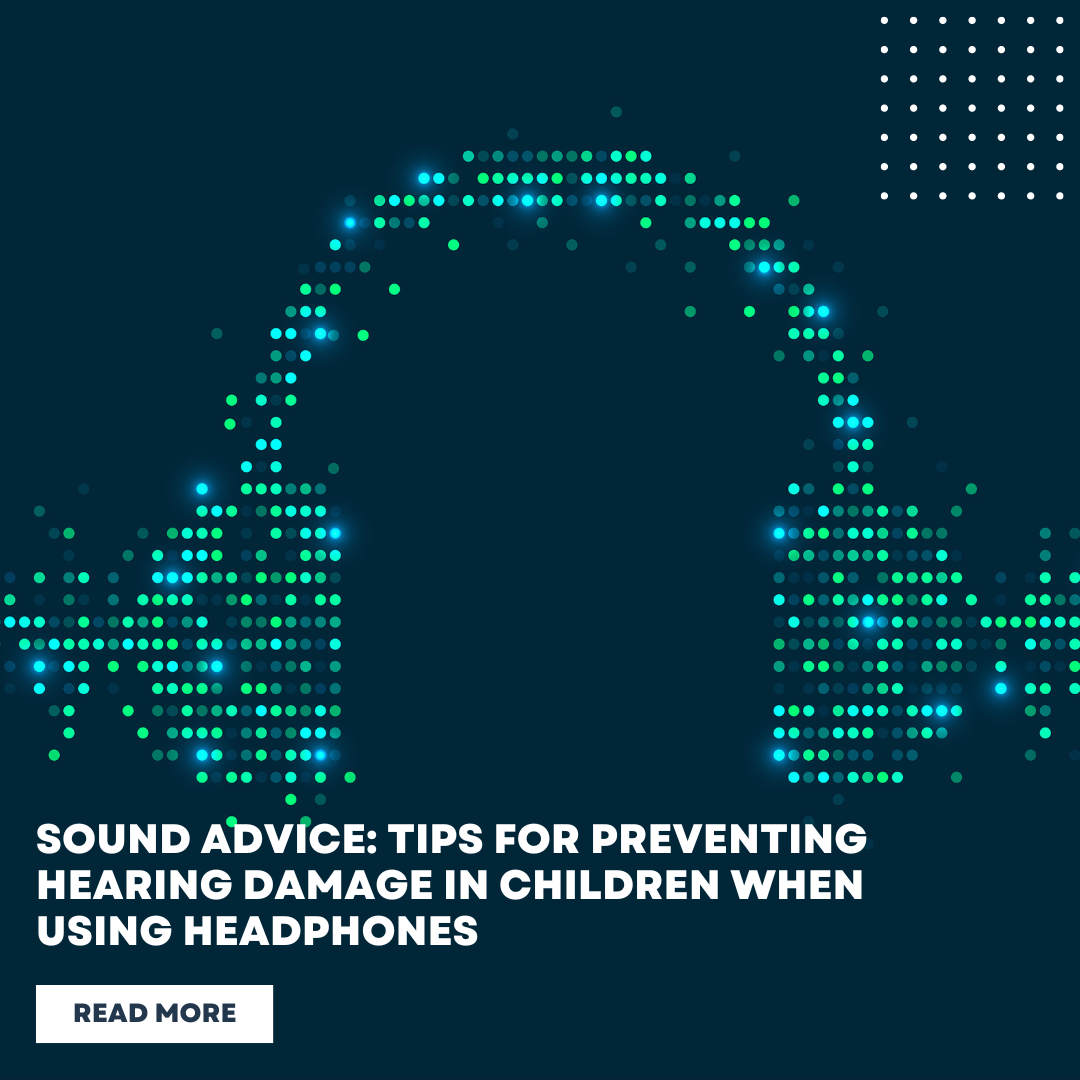Sound Advice: Tips for Preventing Hearing Damage in Children When Using Headphones

As parents, we want the best for our children – and that includes safeguarding their precious hearing health. In today's digital age, where headphones are a common accessory for kids of all ages, it's essential to be proactive in protecting their delicate ears from potential harm. Here are some sound advice tips for preventing hearing damage in children when using headphones.
- Set Volume Limits
Encourage your child to listen at safe volume levels, ideally below 60% of the maximum volume. Many devices and apps offer parental controls or volume-limiting features that allow you to cap the maximum volume output. Take advantage of these tools to ensure that your child's headphone sessions stay within safe limits.
- Use Volume-Limiting Headphones
Invest in headphones specifically designed for children that incorporate volume-limiting technology. Brands like Puro Sound Labs offer headphones with built-in volume limiters that cap sound levels at 85 decibels – the recommended safe limit set by health organizations worldwide. These headphones provide peace of mind, knowing that your child's ears are protected even if they try to crank up the volume.
- Take Listening Breaks
Encourage your child to take regular breaks from headphone use, especially during long listening sessions. Continuous exposure to loud sounds can increase the risk of hearing damage over time. Set a timer or establish a rule that dictates how long your child can use headphones in one sitting before taking a break to give their ears a rest.
- Choose Over-Ear Headphones
Opt for over-ear headphones rather than earbuds or in-ear headphones whenever possible. Over-ear headphones provide better sound isolation and can help reduce the temptation to turn up the volume to block out external noise. Plus, they're generally more comfortable for extended wear, reducing the likelihood of discomfort or irritation.
- Model Safe Listening Habits
Lead by example and demonstrate safe listening habits to your child. Show them how to adjust the volume to a comfortable level and emphasize the importance of protecting their hearing health. By practicing safe listening yourself, you reinforce the message that responsible headphone use is essential for everyone, regardless of age.
- Monitor for Signs of Overuse
Be vigilant for signs of overuse or misuse of headphones in your child. If they frequently complain of ear pain or discomfort, have difficulty hearing or understanding conversations, or exhibit other symptoms of hearing damage, it may be time to reassess their headphone habits and adjust as needed.
By following these sound advice tips, you can help prevent hearing damage in children and promote responsible headphone use. Remember, protecting your child's hearing health is an ongoing commitment that requires awareness, education, and proactive measures. By prioritizing safe listening habits and investing in quality headphones designed with children's well-being in mind, you can ensure that your little ones can enjoy their favorite audio content without compromising their auditory health.

